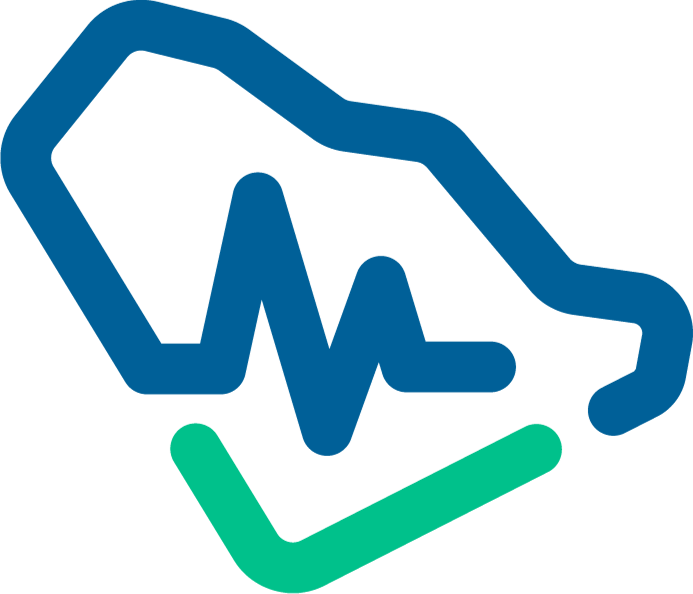Modern Sterilization Techniques Foundations of Infection Prevention
Starts on To
 +
+Price
 Saudi Commission for Health Specialties
Saudi Commission for Health Specialties
3 continuing medical education hours
ACA-20250001015


Event content
Introduction
Sterilization is a critical component of infection prevention in healthcare settings, playing a vital role in reducing hospital-acquired infections and ensuring patient safety. This course provides an in-depth understanding of modern sterilization techniques, their applications, and compliance with global standards.
Participants will explore the latest sterilization technologies, including steam, gas, UV, plasma, and chemical sterilization. The course will also cover essential protocols for cleaning, quality control, and organization of sterilization areas. Additionally, learners will analyze international guidelines (WHO, CDC, ISO), evaluate challenges in sterilization processes, and implement technology-driven solutions to enhance efficiency.
Through case studies and practical applications, this course equips healthcare professionals with the knowledge and skills needed to develop effective sterilization management plans, ensuring optimal infection control in medical facilities.
Objectives
- Identify key sterilization techniques and their role in reducing hospital-acquired infections.
- Describe modern sterilization technologies, including their applications and limitations.
- Apply protocols for cleaning, quality control, and organization of sterilization areas.
- Analyze global sterilization guidelines (WHO, CDC, ISO) for compliance.
- Evaluate challenges in sterilization and propose effective solutions.
- Implement technology-driven tools to enhance sterilization processes.
- Develop a sterilization management plan for infection prevention in healthcare facilities.
Main Theme
1. Introduction to Sterilization and Infection Control
• The importance of sterilization in reducing hospital-acquired infection rates.
• Scientific principles of sterilizing medical tools and equipment.
• Types of infectious agents and methods of prevention.
2. Latest Sterilization Technologies
• Steam Sterilization (Autoclaving): Principles and best practices.
• Gas Sterilization: Ethylene oxide gas and its applications.
• UV Sterilization: Applications and limitations.
• Plasma Sterilization: An innovative and safe technique.
• Chemical Sterilization: Commonly used chemicals and ensuring their effectiveness.
3. Steps for Managing Sterilization in Healthcare Facilities
• Protocols for cleaning tools before sterilization. •
Ensuring sterilization quality control with advanced tools and indicators.
• Organizing sterilization areas in compliance with safety standards.
4. Global Standards and Guidelines for Sterilization
• World Health Organization (WHO) standards for sterilizing medical instruments.
• Recommendations by the Centers for Disease Control and Prevention (CDC).
• ISO standards for ensuring the quality of sterilization processes.
5. Challenges in Sterilization Processes and Solutions
• Handling heat- or moisture-sensitive instruments.
• Managing the efficiency of sterilization processes during crises (e.g., COVID-19 pandemic).
• Reducing contamination during the transport and storage of sterilized tools.
6. The Role of Technology in Improving Sterilization
• Use of automated systems for sterilizing medical instruments.
• Applications of artificial intelligence to monitor sterilization processes.
• Analytical tools for evaluating the efficiency of sterilization in healthcare facilities.
7. Case Studies and Practical Applications
• Analyzing real-world examples of successful implementation of modern sterilization techniques.
• Studying the role of sterilization in reducing hospital-acquired infection rates.
Outcomes
This course equips participants with the essential knowledge and practical skills needed to effectively implement modern sterilization techniques in healthcare settings. Upon completion, participants will:
- Identify sterilization techniques that reduce hospital-acquired infections.
- Understand the latest sterilization technologies and their limitations.
- Apply effective sterilization protocols for cleaning, quality control, and organization.
- Analyze and ensure compliance with global sterilization guidelines (WHO, CDC, ISO).
- Address sterilization challenges and propose viable solutions.
- Utilize technology-driven tools to optimize sterilization processes.
- Create a comprehensive sterilization management plan for infection prevention.
Target Audience
All professions Medicals
Trainers
osama Khalaf haj mouhammad
Clinical Pharmacy
Oncology

